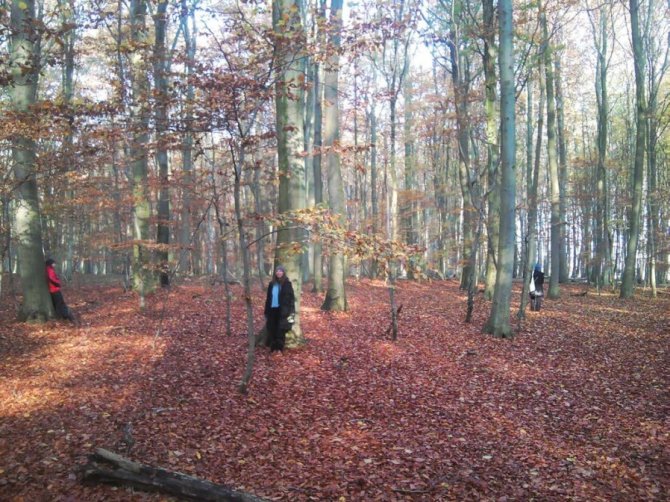Cultural differences often lead to misunderstandings about nature conservation. This may change soon. A new international report, led by Wageningen anthropologist Bas Verschuuren, describes guidelines for making cultural and spiritual significances of nature central to the development, governance and management of protected nature areas. This benefits both nature and culture worldwide.
Nature has a different meaning for everyone. But which world view is leading in the way we manage and conserve protected areas? Taking into account the cultural and spiritual significance of nature for indigenous people, religious groups and the general public leads to more support for nature conservation. It makes protected areas more sustainable, more diverse and socially justified.
Different world views
A new report from the International Union for Conservation of Nature (IUCN) and the Convention on Biological Diversity (CBD), describes how this can be achieved. "By recognizing that there are different world views, by connecting nature and culture, and by connecting all interests in the development, governance and management of protected areas," says Bas Verschuuren, lecturer at the Forest and Nature Policy group at WUR.
When you consider that most world languages don't even have a specific word for nature, you better understand how important it is to know how people with different cultures value nature.
Verschuuren is lead researcher on the publication and co-chair of the IUCN Specialist Group on Cultural and Spiritual Values of Protected Areas (CSVPA). "When you consider that most world languages don't even have a specific word for nature, you better understand how important it is to know how people with different cultures value nature."
Six principles
Verschuuren and his team list six principles that form the basis for 41 guidelines:
- Respect diversity
- Build various networks
- Ensure safety and inclusivity
- Account for change
- Recognize rights and responsibilities
- Recognize nature-culture linkages
The guidelines are intended for nature managers and administrators. Each guideline is illustrated with a practical example that shows how it is implemented in a protected area somewhere in the world.
Western concept
"Nature conservation as we know it is a Western concept that has been exported all over the world," Verschuuren explains. "The first national parks were in established in the United States, in a time in which indigenous people had to make way for protected nature and development. This philosophy is outdated. Nature is still important for biodiversity conservation, but also for our identity and, as we experience it in the current pandemic, our mental and spiritual health. This cannot be ignored in modern conservation."
The new report offers practical tools to use the cultural and spiritual meaning of nature to improve management efforts. It is based on the relationships people have with their environment. "This does not only apply to indigenous groups, who worldwide protect more biodiversity within their own cultural values than all protected areas together. We also see this in the Netherlands, where nature and cultural history are intertwined almost everywhere. The changing society also changes our perspective on nature. Nowadays almost every tree is a climate hero, a notion that cannot be ignored."
Training
The guidelines are an inspiration for anyone concerned with the design, governance and management of protected areas. Previously, a scientific book was published on this subject. The next step is to transform the guidelines into a training program for protected area managers for example. These courses will also be relevant for indigenous people, societal organizations and religious groups that manage land or want to contribute to the management of protected areas.
According to Emma Lee, co-author and Tasmanian Aboriginal, the focus on cultural and spiritual motivations for conservation is an important development: "We hope to make a significant change by stating that we can only protect areas with inclusivity, respect, justice and hospitality towards peoples and local communities."







